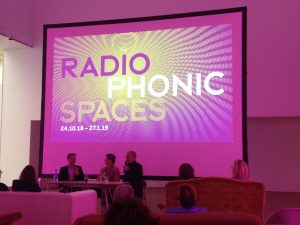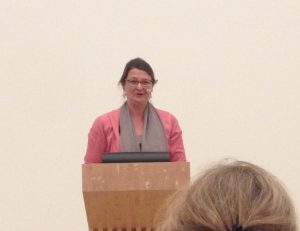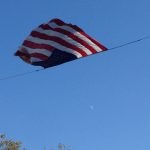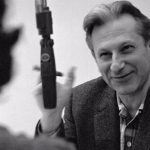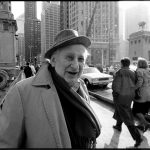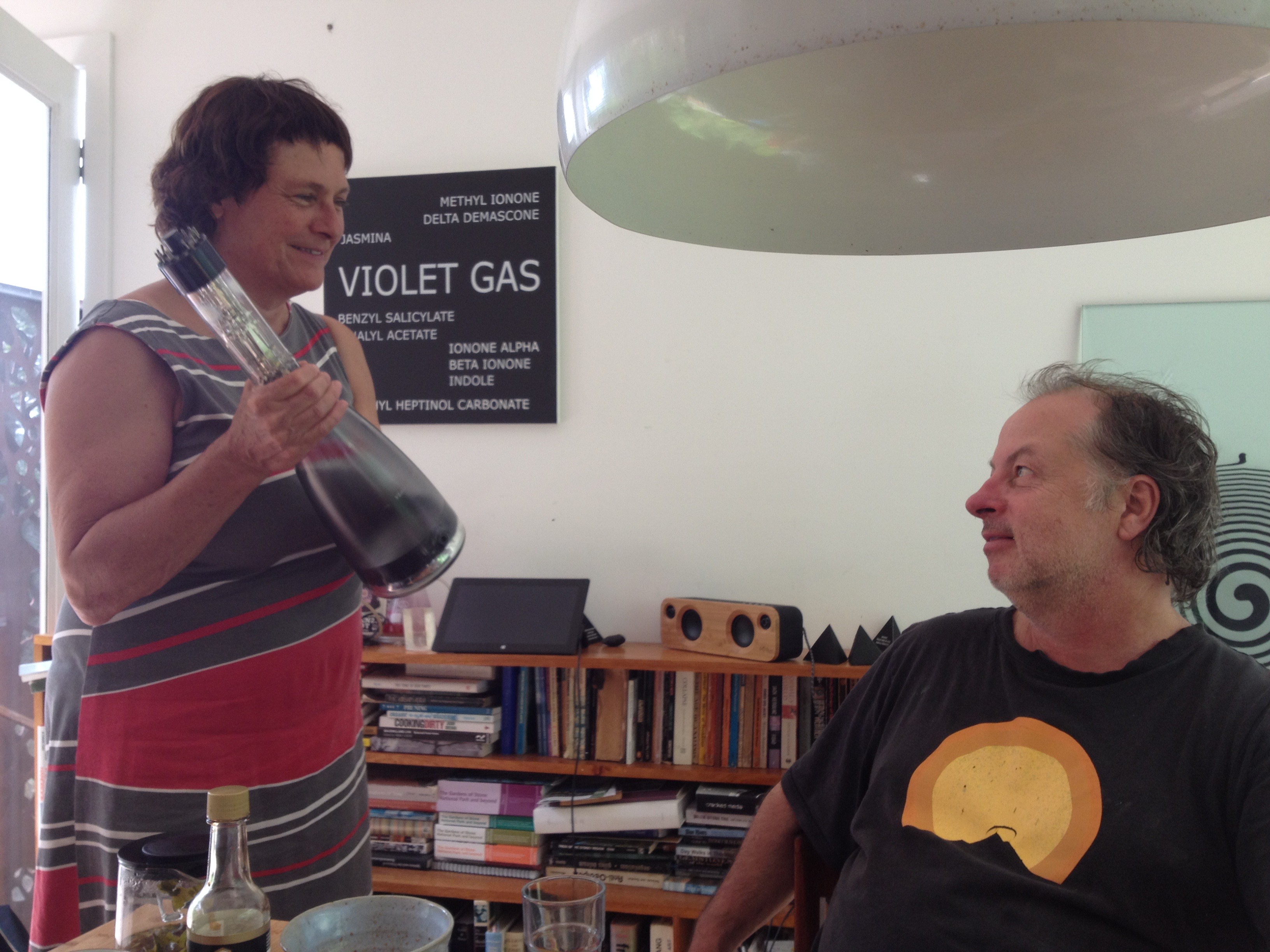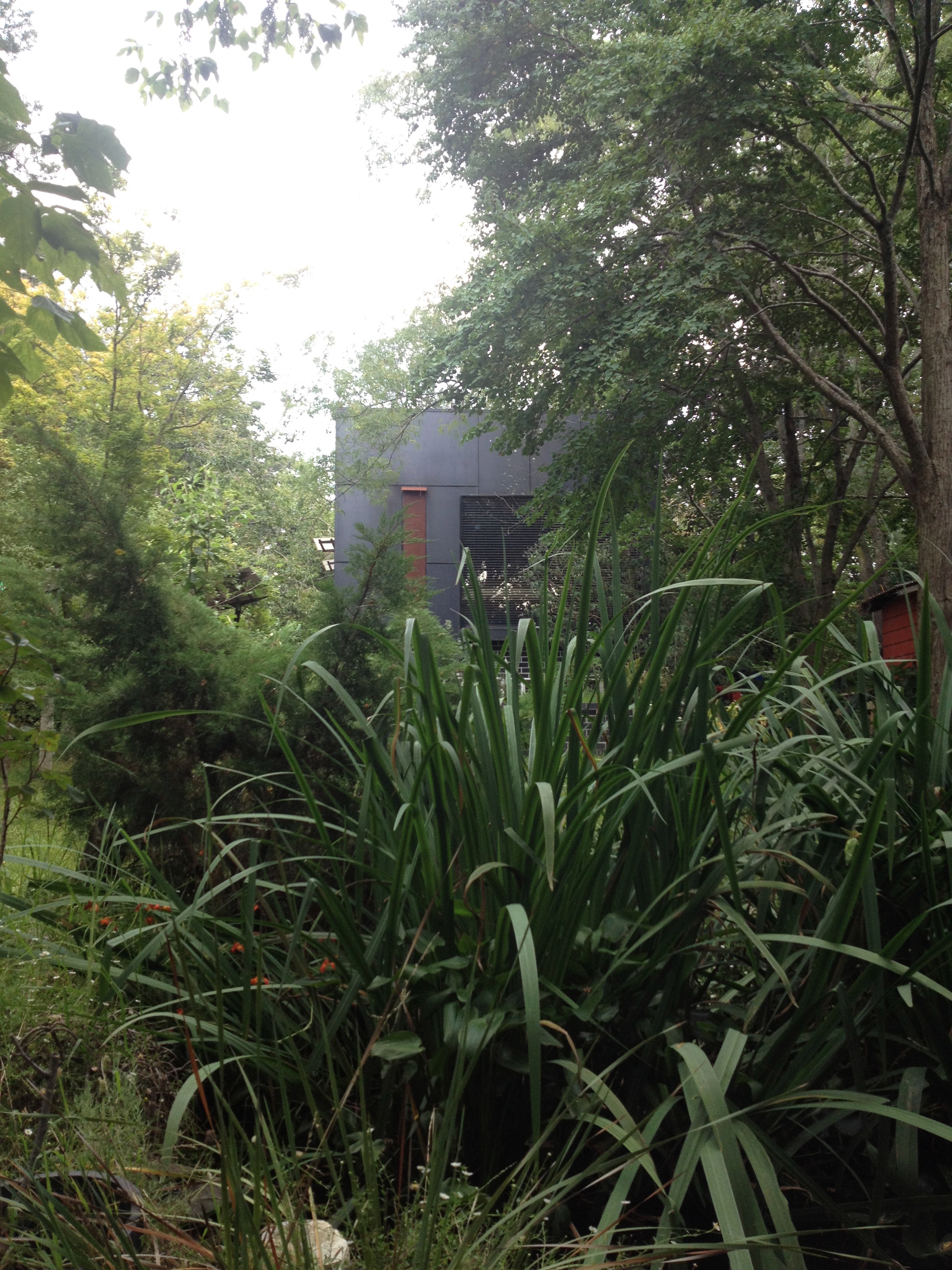Archiv der Kategorie: Music / Sound
Marie Skłodowska Curie Action Grant 2020 for „Sounding Crisis“
On Febuary 8, 2021 the European Commission announced the results of the MSCA Individual Fellowship 2020: This time €328 M in grants have been awarded to 1630 excellent experienced researchers from all over the world. It is my great pleasure and honour that my project „Sounding Crisis. Sonic Agency as Cognate Energies for Climate Action in Denmark/Greenland & Australia“ has been awarded one of these prestigious grants.

Fog Friend Font: Ways of Doing Multilangual Sense

My monograph „Music as Seismographic Sound. Tracking down the idea of cultural translation“ has now appeared within the project „Fog Friend Font – Way of Doing Multilingual Sense“.
To find out more about the project visit the website of the publisher Humboldt Books Milan and read the project description in full.
This is in brief how the editors descriibe their intriguing project:
WeiterlesenKarlsruher Postulate für Geschlechtergerechtigkeit im Kulturbetrieb
Im Rahmen der ARD-Hörspieltage 2019 fand auf Initiative der WDR-Hörspielredaktion der Thementag „Wie weiblich ist der Kulturbetrieb?“ statt. Er widmete sich einer Bestandsaufnahme der gegenwärtigen Situation von Frauen in Kunst und Kultur in deutschsprachigen Ländern, denn: Über 100 Jahre nach Einführung des Frauenwahlrechts in Österreich und Deutschland, über 70 Jahre nach der Verabschiedung von Artikel 3 des bundesrepublikanischen Grundgesetzes zur Gleichberechtigung der Geschlechter und über zwei Jahre nach Beginn der internationalen #MeToo-Bewegung ist der Kulturbetrieb immer noch diskriminierend – auf ganz unterschiedliche Weise und in den unterschiedlichsten Bereichen wie z.B. in der Musik, ob in der Klassik oder im Rock, in der Literatur oder im Film.
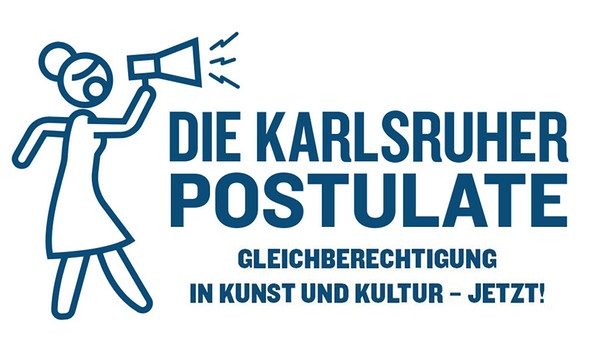
Um die Situation von Frauen im Radio genauer unter die Lupe zu nehmen, war ich als Medienwissenschaftlerin, u.a. mit Forschungsschwerpunkt zu Gender und Medien, im Rahmen des Thementages eingeladen, den Eröffnungsvortrag zum Bechdel-Test im Hörspiel zu halten. Ausserdem nahm ich an der darauffolgenden Podiumsdiskussion mit der feministischen Linguistin Luise F. Pusch, der Genderforscherin Sabine Hark, der Islamwissenschaftlerin Lamya Kaddor, der feministischen Autorin Stefanie Lohaus und der Journalistin Hilde Weeg teil. Im Anschluss daran teilten sich die Diskutantinnen und das Publikum in drei Arbeitsgruppen auf. Ihre Ziele: Unterschiedliche Postulate formulieren, mit deren Hilfe die Situation von Frauen in Kunst und Kultur verbessert werden kann. Eine Dokumentation des Zusammentragens der Ergebnisse ist hier zu hören.
Inzwischen wurden unsere kollektiven Forderungen unter dem Titel „Die Karlsruher Postulate für Gleichberechtigung in Kunst und Kultur“ auch online veröffentlicht. Die Schriftstellerin Tanja Dückers hat ihre Sicht der Situation von Frauen im Kulturbetrieb und ihre Unterstützung der Initiative im Interview erklärt und auch die Redaktion Hörspiel und Medienkunst des Bayerischen Rundfunks hat sich zu den Karlsruher Postulaten bekannt. Für den SWR hat Wolfram Wessels mich zur Situation von Frauen in Kunst und Kultur, insbesondere im Hörspiel, und zu den Karlsruher Postulaten interviewt. Das Interview kann hier angehört werden.
Nachtrag 3. März 2020: Heute wurde im Hörspielmagazin des Deutschlandfunks ein Beitrag von Sarah Murrenhoff zu den Karlruher Postulaten gesendet. Dafür hat die Autorin Martina Müller-Walraff, Leiterin des WDR-Hörspiels, und mich befragt. Nachgehört und -gelesen werden kann der Beitrag hier.
Und darum geht in den Karlsruher Postulaten ganz konkret:
To Hear the Gras Grow – A Climate Activism Podcast
When I designed my podcasting course „Gras wachsen hören“ (or „To Hear the Grass Grow“) at the department of Media Ecology at the University of Potsdam in Germany, I had actually planned to teach my students about John Cage and musical collaborations between humans and fungi, and then go on to do some tricky recordings with them. However, Fridays for Future and the thousands of students striking worldwide each week to stop climate change did not make my students all that interested in aesthetic research, as I had to learn.
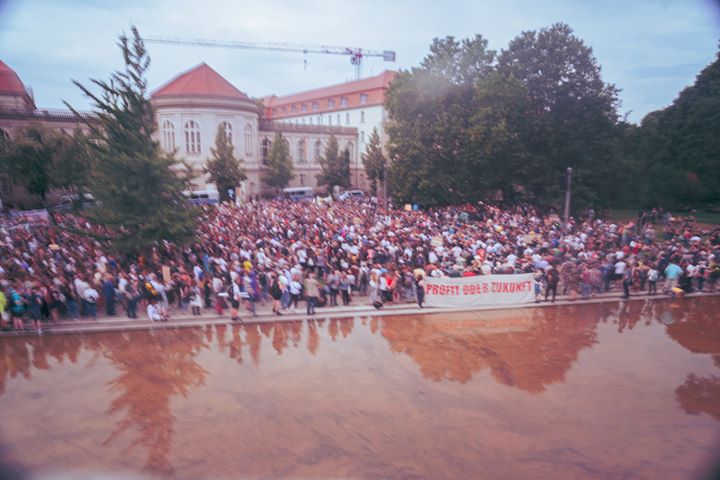
Deeply impressed by Greta Thunberg and her committed, inspiring fight for immediate changes in climate policy, the end of fossil fuels, and the reduction of net greenhouse gas emissions to zero by 2035, the participants in my course preferred to make something more concrete. So we decided to produce a climate-activism podcast. This decision coincided with Thunberg’s visit to Berlin and her support of the local Fridays for Future demonstration on Friday, July 19.
Radiophonic Spaces: First Transnational Radio Art Exhibition
Today is a very special day: After many years of envisioning and a couple of years of thorough research and hard work, Nathalie Singer and her team present their Radiophonic Spaces exhibition to the public at Museum Tinguely in Basel, Switzerland.
This “sonic journey through the history of radio art” is unique in many ways: It brings together more than 200 curated pieces of radio art from the last 100 years and from all over the world. Thus it documents the historical and ongoing explorations of the intriguing, ever-changing sound medium radio by artists like Antonin Artaud, John Cage, László Moholy-Nagy through to Michaela Melián, Andreas Ammer, Colin Black, Tetsuo Kogawa and Gregory Whitehead.
Researching Podcasting in the US
My PhD project focuses on the transition from analogue to digital radio and how works of acoustic art relate to it. Thus, the development of the US-American podcast scene is of special interest for me, as it takes a leading role in the field. The term podcast was first coined in 2004 as a portmanteau of “iPod” and “broadcast” and referred originally to digitally produced and distributed audio programs on the internet, which were published periodically and could be subscribed to via RSS feed. As podcasting is still a rather new media phenomenon and the academic field of podcast studies is just about to emerge, I applied for the 2018 U.S. Embassy SANAS Travel Award to do field research. Altogether my journey lasted 14 days and covered ten interviews in five cities.
- Still in full-swing: The US-American podcasting boom.
- Traveling to the heart of its scene.
Due to its relevance for US-American radio history and the development of the podcast-scene, I started my research in Chicago. Thanks to the city’s geographic location, the first Chicago radio stations in the 1920s were listened to from the East coast to the Rockies and beyond. Needless to say, that Chicago emerged early on as a broadcasting center and a central switching point for transcontinental network lines, attracting various creative media people. One of them was the legendary radio host Louis “Studs” Terkel (1912 – 2008).
- Studs Terkel, © Chicago History Museum, iCHi-065438; Stephen Deutch, photographer
- Studs Terkel, © AP
Russian Avant-Garde on the Radio
It’s my great pleasure to announce the return or the Russian avant-garde, at least on air and online – unfortunately only in German, though: Today, Friday April 20 my feature “Die Medienkunst der russischen Avantgarde” will be broadcast. Therefore I had the great pleasure to talk to some terrific researchers and experts on Russian art, media and cultural history: Siegfried Zielinski, Berlin based media-archaeologist and theoretician, Sylvia Sasse, professor for Slavic literary studies at the University of Zurich, the historian and musicologist Boris Belge (Basel) and the Chlebnikov expert Andrea Hacker (Bern).
The reason for this radio show is the broadcasting of Andreas Ammer’s and FM Einheit’s terrific interpretation of Arseny Avraamov’s „Symphony of Sirens“, the loudest composition in music history, which was staged October 2017 in Brno, Czech Republic. Last Friday a recording of this unique performance has been broadcast by the radio drama department of Bayerischer Rundfunk (BR), which is still available on its website in different mixes: A binaural mix for headphones, a 5.1 mix and a documentary film of the performance in Brno.
Symphony of Sirens: 1922 / 1923 / 2017
Of all the arts, music possesses the greatest power for social organization. – Arseny Avraamov
When over 100 years ago women workers in Petrograd facotries laid down their work, because they didn’t have money to buy bread for their families anymore, they finally brought about the break-through of the the Russian Revolution. It was still the beginning of the 20th century, nobody knew how devastating it would get, and so hopes were still high that a new man and a new woman would be born through the revolution. According to the Russian avant-gardists one of the most important means to accomplish this aim was sound, respectively acoustic experiments, mainly – noise.
Energies & the Arts
Visiting Joyce Hinterding & David Haines in the Blue Mountains (NSW), Australia
“Like linguists turn to coding, silversmiths turn to electronics”, says David Haines. For the Australian artists it seems to be the most natural thing in the world to artistically transcend materials, media and genres. Haines, who just has been awarded the 2017 Australia Council Visual Arts Fellowship for two years, to delve further into his “abiding interest in aroma as an art form” and develop a substantial exhibition across the range of his practices, is one half of the intriguing Australian art couple Haines & Hinterding. The other half is Joyce Hinterding, a former silversmith and nowadays an artistic expert on energies, especially on Very Low Frequency Radio Waves and Natural Radio.
During my research stay in Australia Douglas Kahn was so kind and generous to introduce me to his dear friends and neighbours Joyce and David. The couple invited me to visit them at their lovely home in the bush of the Blue Mountains to learn more about their art practices – an unexpected, spontaneous visit, which turned out to be one of the highlights of my research trip down under. After a nice spring roll lunch and some conversation we wanted to go and see some kangaroos together. However, I quickly became so fascinated by the multisensory artistic cosmos of Haines & Hinterding and our conversation lasted so long that the kangaroo visit had to be postponed.
What makes the works of Haines & Hinterding so fascinating to me is the fact that they are outstanding examples of artistic research.









